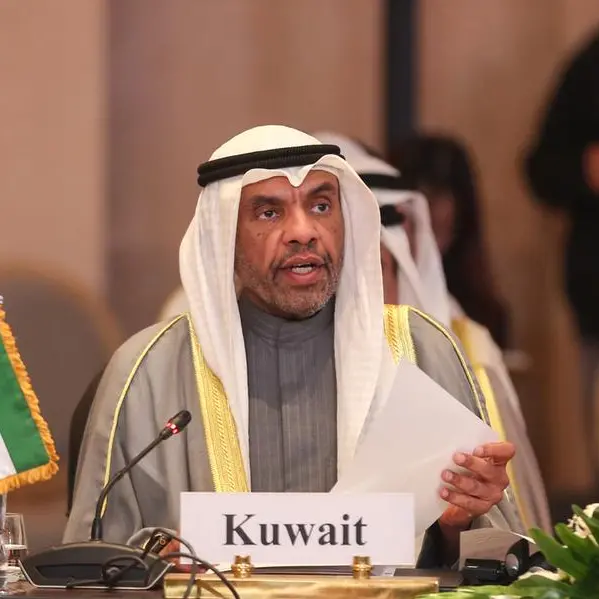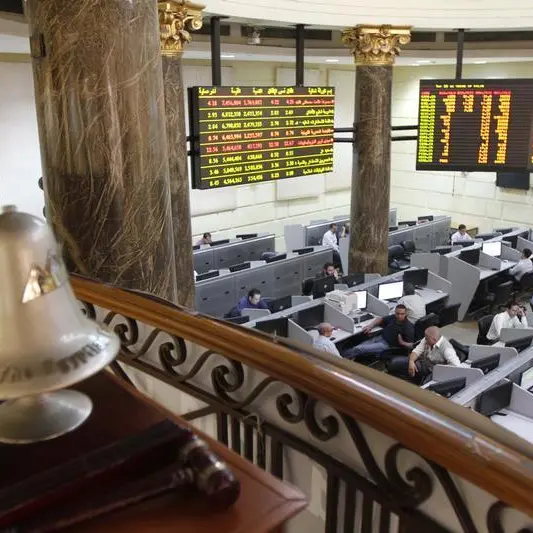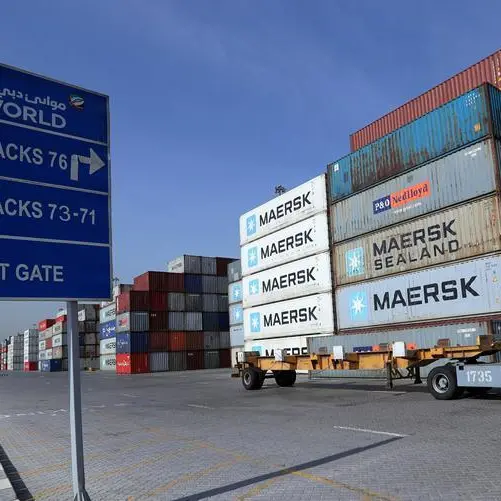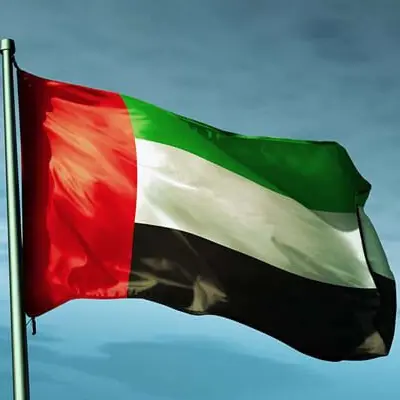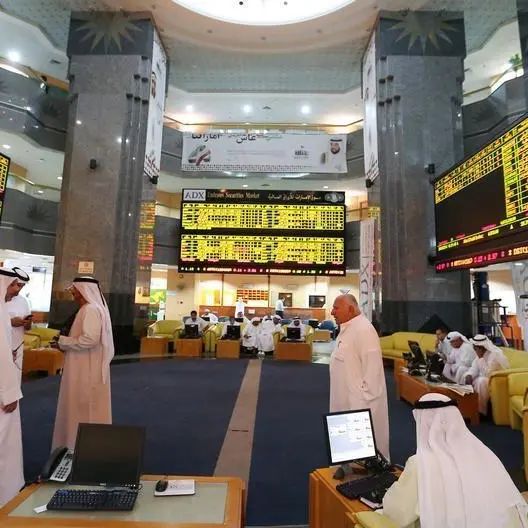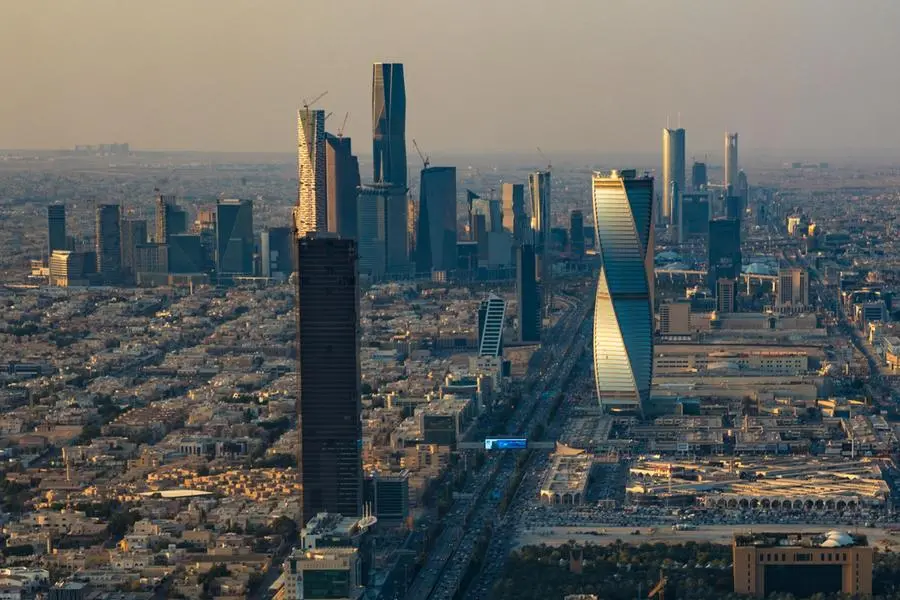PHOTO
Around 40 areas across Kuwait witnessed a power outage on Wednesday due to some transformers being out of service as a result of the increase in air temperature. The affected areas include Abdullah Al-Mubarak, Abdullah Port, Andalus, Ardiya, Bneid Al-Gar, Dasma, Al-Dhahr, Faiha, Fahaheel, Farwaniya, Funaitees, Hawally, Hattin, Ishbiliya, Jaber Al-Ali, Jabriya, Khaitan, Khaldiya, Mangaf, Mansouriya, Nuzha, Oyoun, Qadsiya, Rabiya, Al-Rai, Rawda, Rehab, Rumaithiya, Saad Al-Abdullah, Sabah Al-Salem, Al- Salam, Salmiya, Salwa, Shamiya, Shuwaikh Industrial Area, South Surra, Subhan, Surra, Umm Al- Hayman, Waha and Yarmouk. Earlier, citizens reported about a power outage in Block One in Saad Al-Abdullah expressing their hope and confidence in the ability of the Ministry of Electricity to immediately address the problem. Then, electricity was restored in some parts of Block 12 in Salmiya, specifically Nasser Al-Badr Street, Avenue 10, after the emergency teams dealt with the outage.
The ministry revealed that the power outage is due to high temperature that breached 50 degrees Celsius on Wednesday; thereby, increasing pressure on the electrical network. It added this is expected in light of the increased loads and pressure on the electricity network due to rising temperatures and increasing demand for energy. It affirmed that emergency teams were immediately dispatched to the stations that caused the outages to repair the fault and restore power.
In a related development, the Meteorological Department at the Directorate General of Civil Aviation (DGCA) announced that Kuwait recorded a temperature of 52 degrees Celsius. Head of the Marine Forecast Unit at the Meteorological Department Yasser Al-Balushi revealed in a statement to the newspaper that the temperature ranged between 51 to 52 degrees Celsius in most land and open areas. He explained that the noticeable rise is due to the presence of air mass resulting from the extension of the Indian monsoon low; along with the extremely hot, fast and dusty northwesterly winds Meanwhile, the Ministry of Interior said that due to the power outage in some areas and the resulting stoppage of traffic lights at some intersections, the General Traffic Department (GTD) immediately provided traffic patrols to manage the affected areas. It urged road users to take caution and follow the instructions of the security personnel to guarantee the safety of everyone.
Official sources from the Ministry of Electricity and Water disclosed that the failure of a power generation unit in South Zour Station with a capacity of 300 megawatts was behind the outages in different parts of the country. They added this is one of the old stations with eight units whose lifespan ended, affirming that the ministry recently signed a contract to carry out the maintenance works. Another official source from the ministry said “many countries around the world are resorting to a programmed voluntary power cut in order to ration consumption, but we have not taken such a decision yet. We hope we will not be forced to take this step. The cooperation of consumers will greatly help in rationalizing consumption and avoiding programmed disconnection. There have been calls for the ministry to intervene in order to regulate consumption in other ministries and agencies that do not require the use of electricity throughout the day, as it is a more valid option than programmed disconnection for citizens.”
Prior to the outages, Minister of Electricity, Water and Renewable Energy and Minister of State for Housing Affairs Dr. Mahmoud Bushehri assured the public about the stability of the country’s electrical energy situation. He emphasized that the ministry is fully equipped with the necessary capabilities and personnel to meet the nation’s electricity demands and handle any potential emergencies resulting from increased loads due to high temperatures.
During his inspection visit to the National Control Center to oversee operations and management of the national electricity grid — from production facilities to consumer distribution, Bushehri urged consumers to practice energy conservation during peak hours, specifically from 11:00 am to 5:00 pm. He highlighted that such efforts significantly contribute to sustainable electricity usage. Acting Undersecretary of the ministry Eng. Haitham Al-Ali joined the minister in this visit. They reviewed the readiness of the electrical network to manage the high loads expected during the summer season. The inspection covered key operational rooms; such as the computer room, communications room, and the control and monitoring center, all essential for monitoring and managing the electricity network effectively. In addition, the electricity consumption index neared the orange zone at 15,844 megawatts on Tuesday. 12.5 percent. Financial intermediation activities contributed 8.6 percent, Sources from the ministry reassured the public that current production exceeds peak consumption levels; starting that power stations have a capacity of 18,600 megawatts, supplemented by 500 megawatts through the Gulf Cooperation Council Interconnection Authority (GCCIA). Despite this surplus, there remains a concern over potential strain on the electrical network components; such as cables and distribution stations, which could lead to malfunctions or fires during peak demand periods. Sources urged both citizens and expatriates to adopt energy and water conservation measures, particularly during peak times. Recommendations include turning off air conditioners in unoccupied areas and using energyefficient lighting and appliances to alleviate pressure on the network, sources added.
Arab Times | © Copyright 2024, All Rights Reserved Provided by SyndiGate Media Inc. (Syndigate.info).

